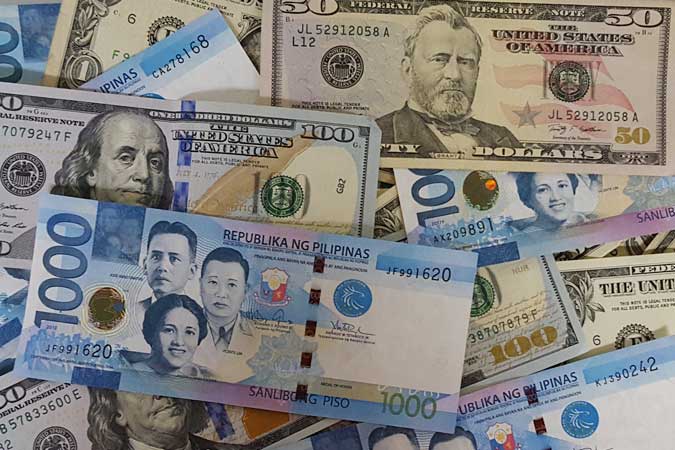Balance of payments deficit hits $312M

THE OVERALL balance of payment (BoP) position swung to a deficit in June, as the National Government repaid some of its foreign debt obligations.
Data released by the Bangko Sentral ng Pilipinas (BSP) on Tuesday showed the BoP deficit stood at $312 million in June, a reversal from the $80-million surplus logged a year ago.
June also marked the second consecutive month that the BoP position was in deficit, although 78% slimmer than the $1.397-billion gap in May. It is the smallest shortfall since the $73 million in March.
“The BoP deficit in June 2021 reflected mainly the outflows arising from the foreign currency withdrawals of the National Government (NG) from its deposits with the BSP as the NG settled its foreign currency debt obligations and paid for various expenditures, and the BSP’s net foreign exchange operations,” the central bank said in a statement.
The outflows were partially offset by inflows from the central bank’s income from its investments abroad.
The BoP gives a glimpse of the country’s transactions with the rest of the world. A deficit means more funds left the country, while a surplus show that more money came in.
“Import performance has improved in the last months (low base effects), but we do expect import growth to continue to recover barring any impact from a disastrous Delta variant spread locally,” UnionBank of the Philippines, Inc. Chief Economist Ruben Carlo O. Asuncion said in a Viber message.
To recall, the BoP was mostly in surfeit last year, ending at $16.022-billion deficit as imports slipped amid the pandemic.
“With June recording another month of deficit, we are now anxious to see if the Philippines can still post a surplus this year given that expectations have now shifted to having a current account deficit as imports return,” ING Bank N.V. Manila Senior Economist Nicholas Antonio T. Mapa said.
Latest data from the Philippine Statistics Authority showed trade deficit stood at $2.76 billion in May, bigger than the $1.31 billion a year earlier although smaller than the $3.08-billion shortfall in April. This, as imports climbed 47.7% to $8.65 billion in May.
At its end-June position, the BoP reflects the country’s gross international reserves worth $105.76 billion, which is lower by 1.38% against the $107.25 billion seen as of end-May.
Still, the dollar reserves are enough to cover 12 months’ worth of imports of goods and payments of services and primary income, the central bank said. It is also equivalent to about 7.7 times the short-term external debt of the Philippines based on original maturity and 5.1 times based on residual maturity.
The country’s BoP position in the first semester stood at a deficit of $1.939 billion, a reversal from the $4.109-billion surfeit logged in the same period of 2020.
In the coming months, the BoP may continue to post deficit due to the expected rebound in global trade, analysts said.
“Aside from the further expected outflows due to the government’s debt payments and other expenditures, BoP is expected to likely slant towards more deficits in the coming months due to recovering trade environment,” Mr. Asuncion said.
For Mr. Mapa: “A BoP deficit will translate to a weaker (Philippine peso) and we will be factoring this in our round of forecast revisions as we now expect a more pronounced depreciation spell for the peso for the year.”
The peso has been trading around the P50-per-dollar range in recent weeks. Its Tuesday close of P50.42 is weaker by 4.99% from its P48.023-a-dollar finish on Dec. 29, which was the last trading day of 2020.
The BSP in June raised its BoP projection to a surplus of $7.1 billion from the $6.2-billion surfeit projection it previously gave. — L.W.T. Noble



